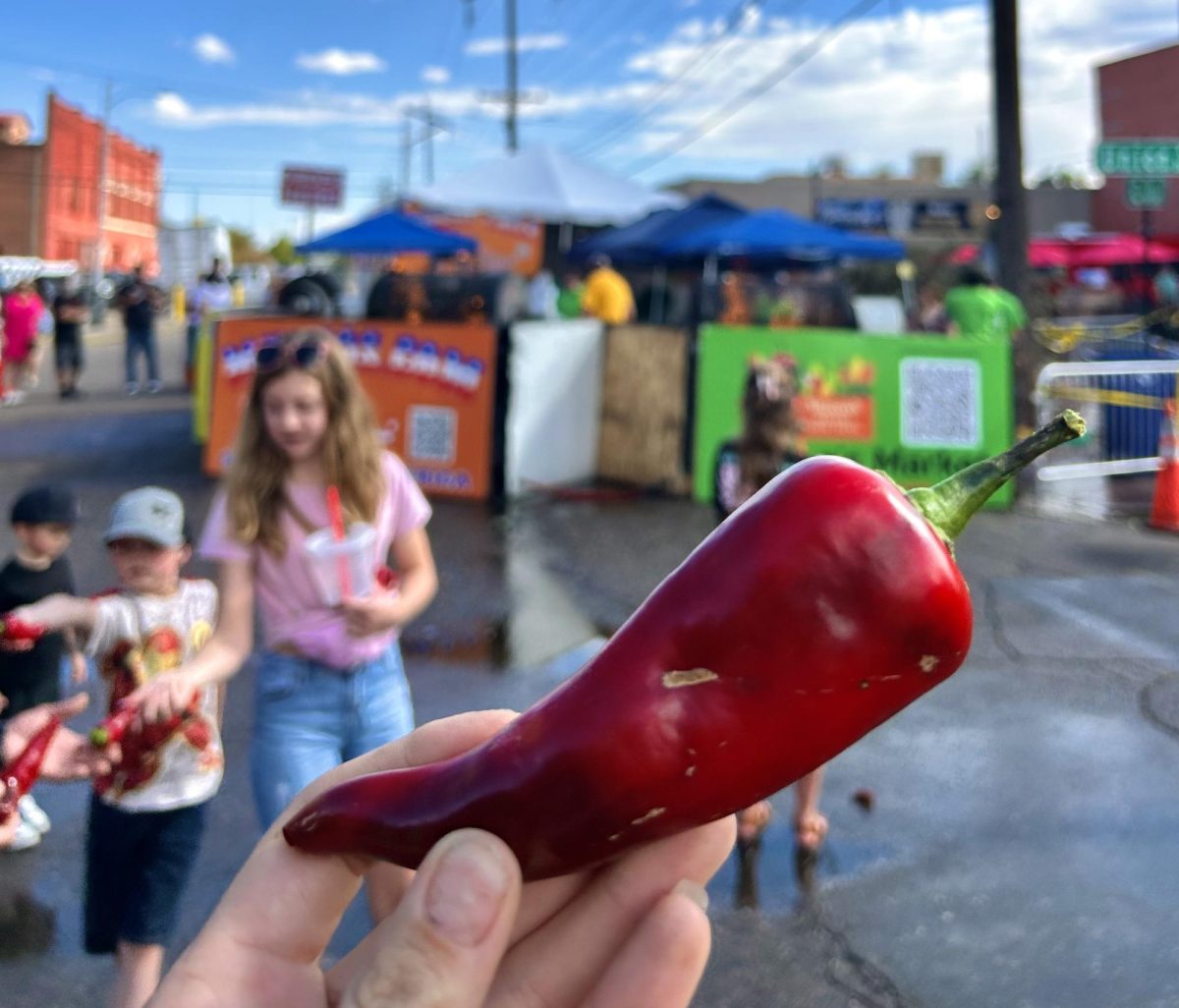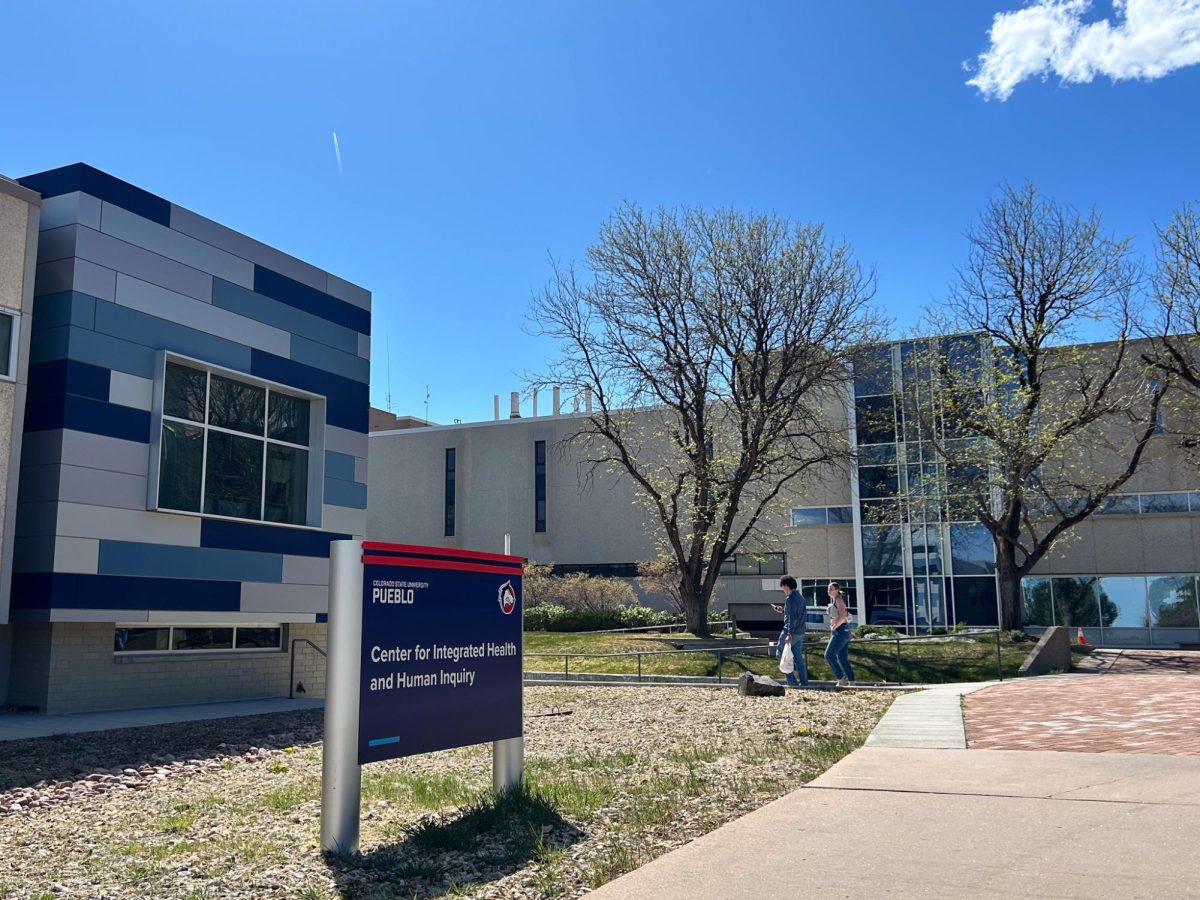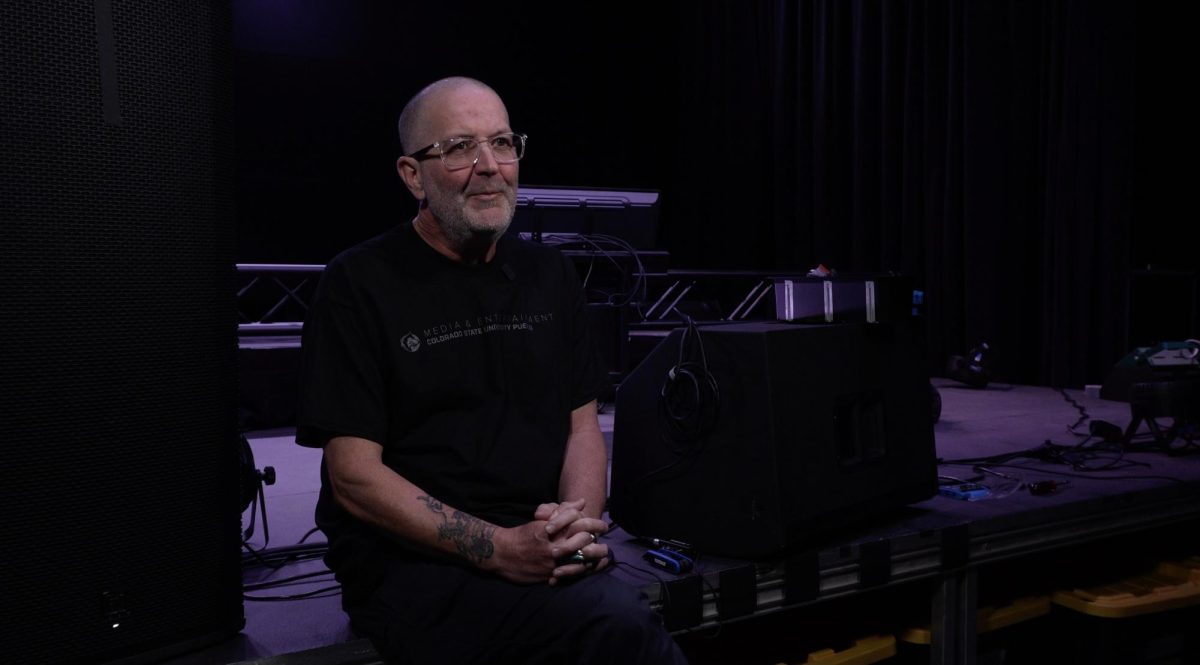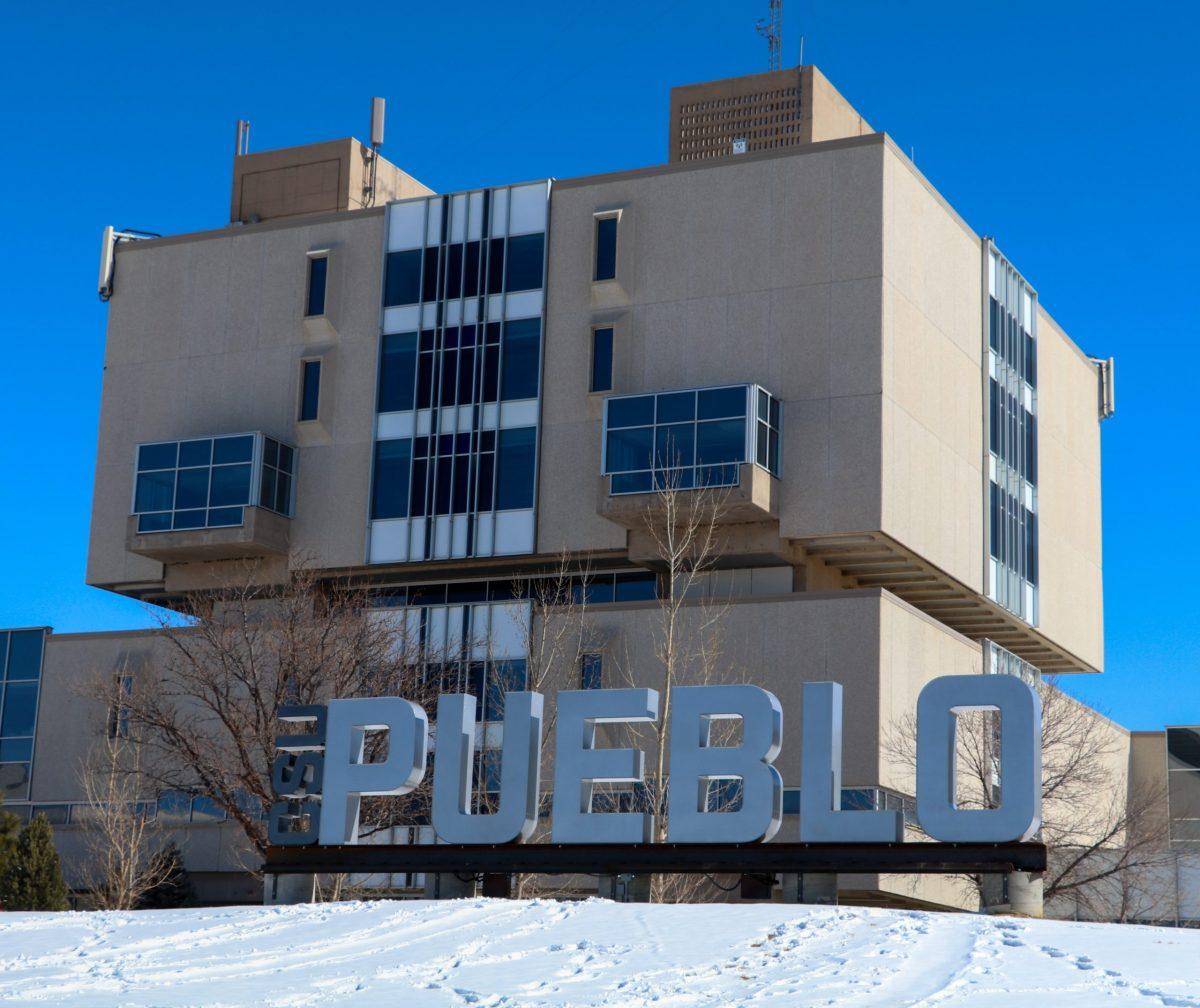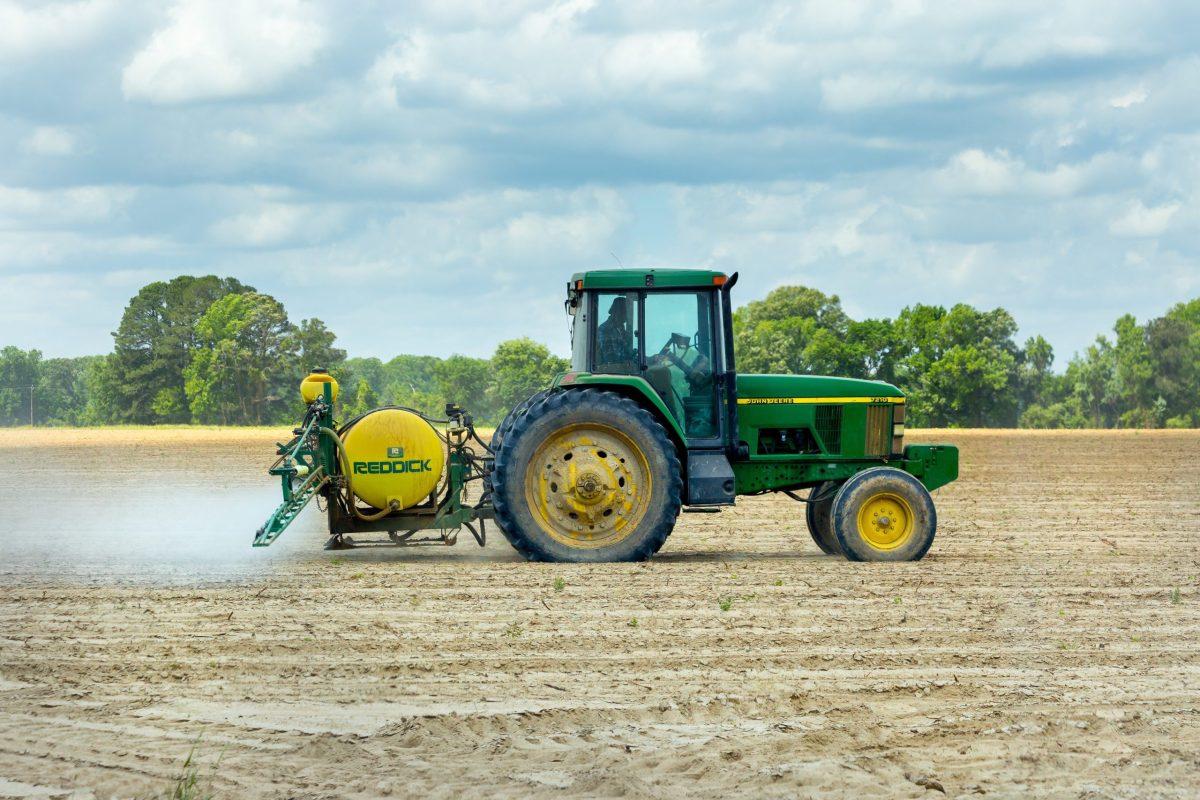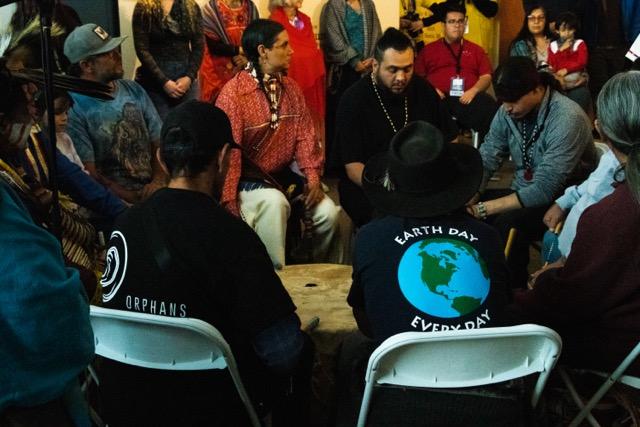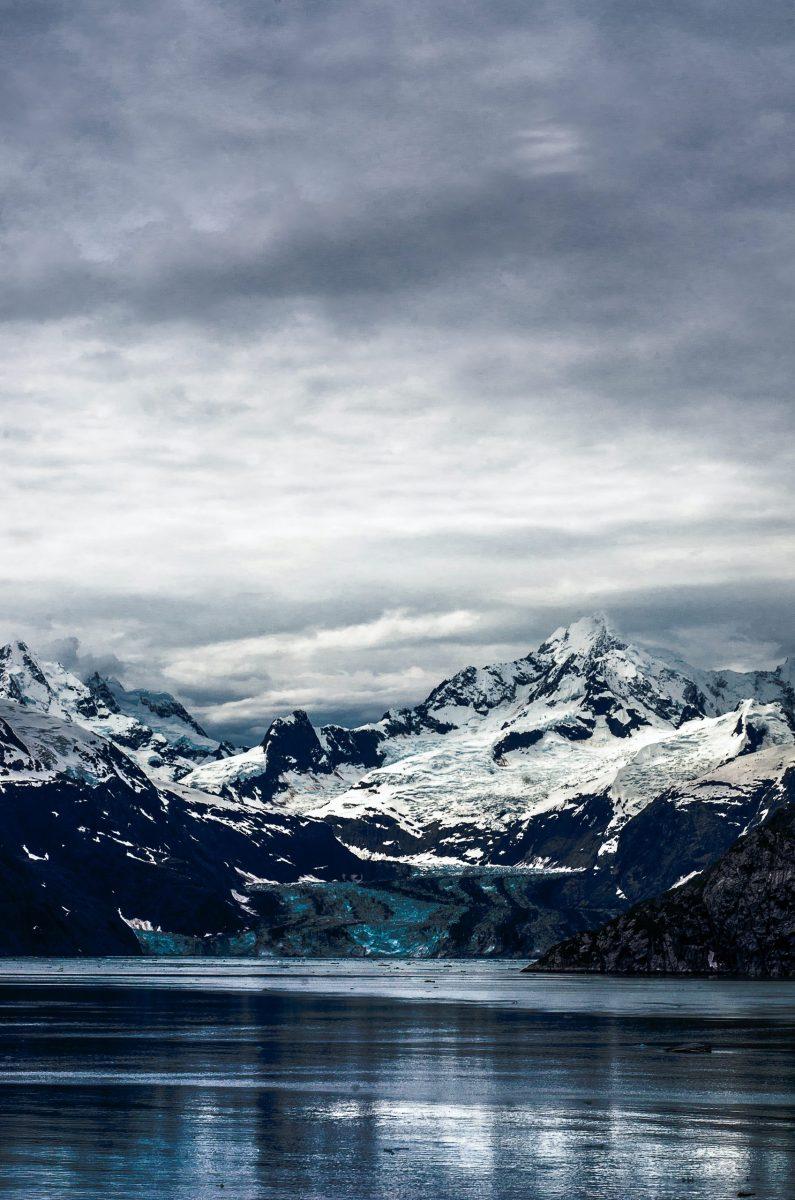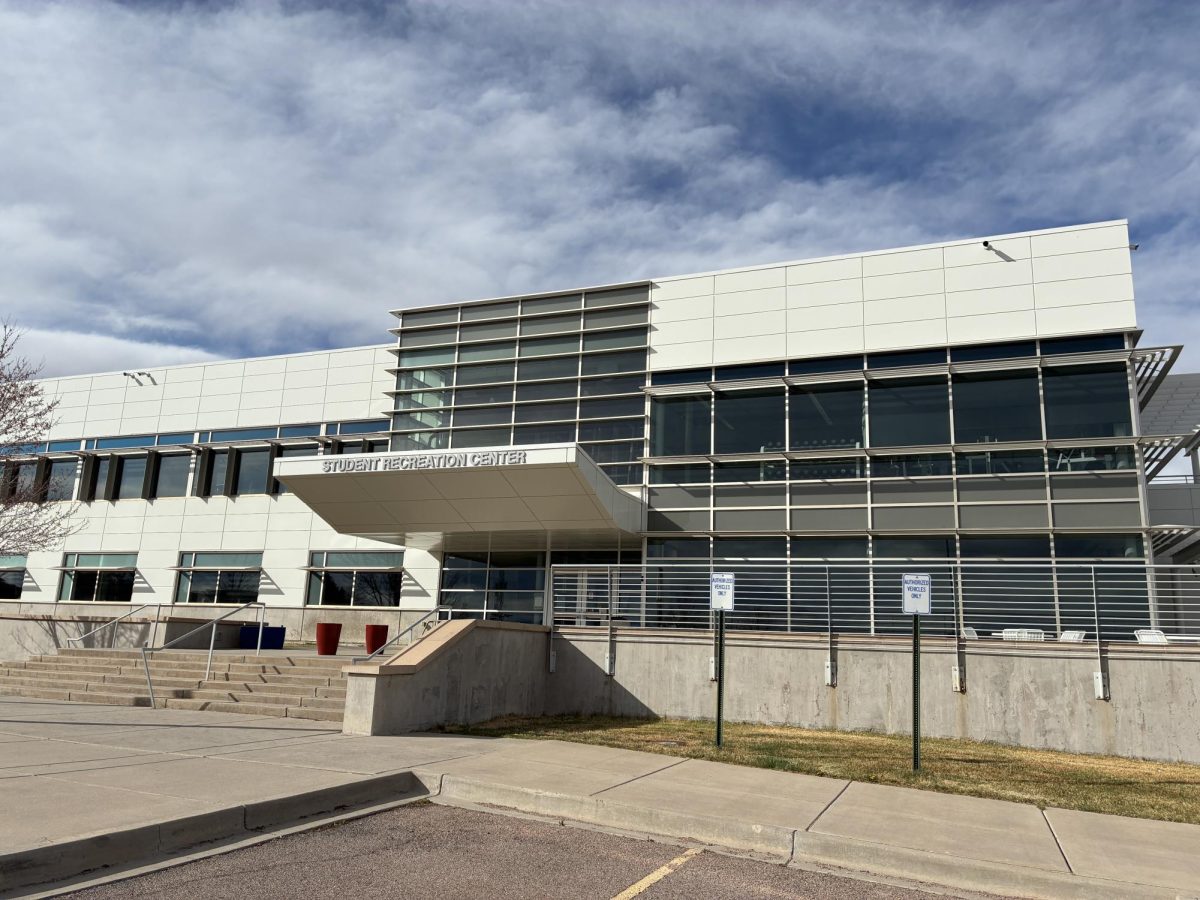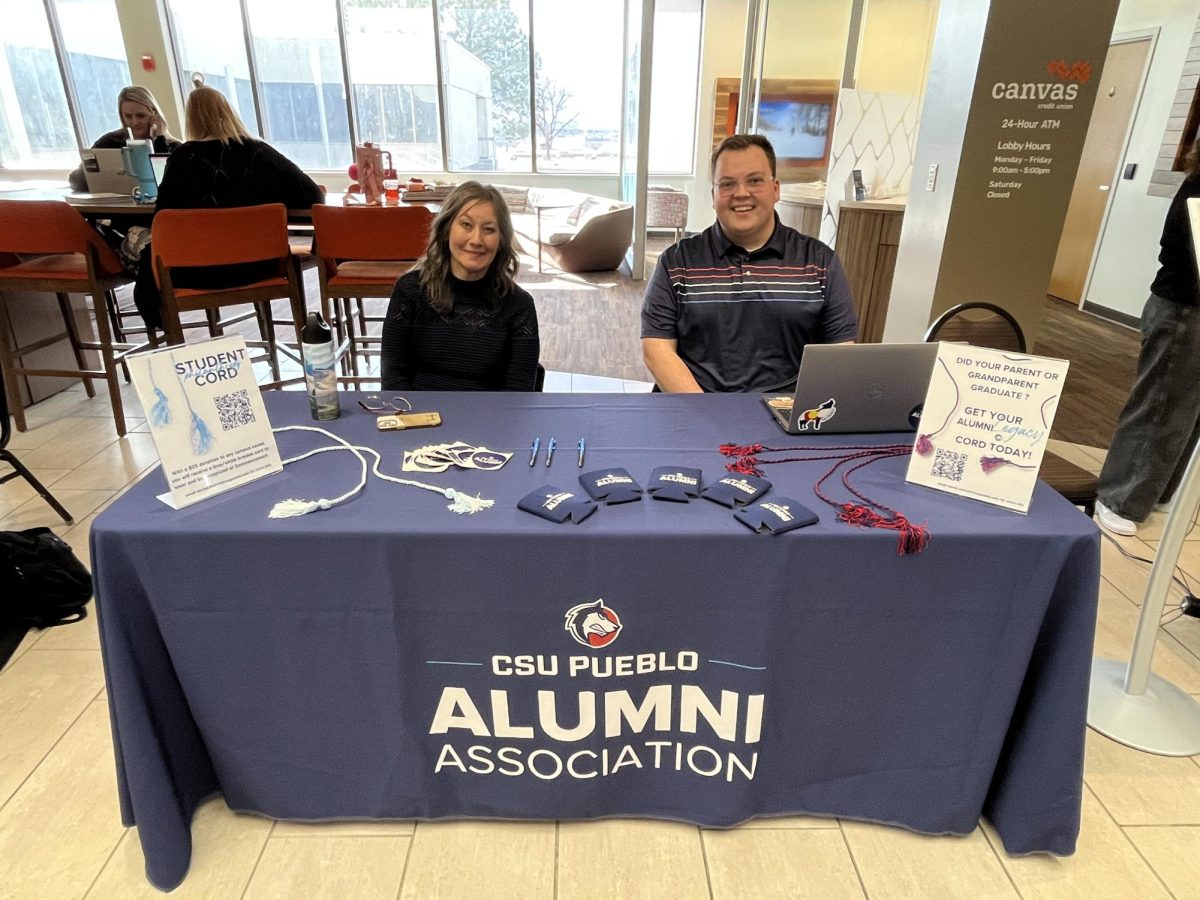Colorado is on Fire!
By Ryan Jones
Cloudy and hazy skies are an all too common occurrence in Colorado.
With recent wildfires scorching the state, many cities are feeling the heat. While fire season typically doesn’t hit the state until May, Colorado has already seen devastating fires this year. There are no signs of it slowing down over the next few months, with dry conditions for Colorado this year.
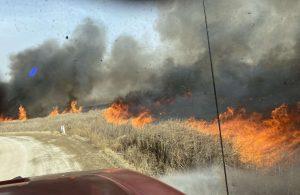
Fire Captain Andrew Golob of Pueblo Fire Department said: “We are expecting with the continuing drought and dry conditions that this will be a high fire danger year.”
Know the limitations
With that being said, citizens of Pueblo and surrounding counties must be aware of the restrictions in place. On April 13, Sheriff Kirk Taylor placed the county under Stage 1 restrictions, which prohibits:
- Open burning, except fires and campfires within constructed fire grates inside developed camp and picnic grounds, charcoal grills and wood burning stoves at private residences. Exemptions allowed for agricultural burning on a per case basis may be granted by appropriate fire jurisdiction.
- The sale or use of fireworks without a permit.
- Outdoor smoking except inside a vehicle or stopped in an area at least three feet in diameter that is barren of all flammable materials.
“This is not a decision that is taken lightly but one that is done with consideration for the safety and well-being of our citizens and our First Responders,” Taylor, who is the fire warden for the county, said in a statement.
Or, as Capt. Golob said, “We are currently under a stage 1 fire restriction which means no open flames.”
With the heightened risks for fire growth in Pueblo and surrounding counties, the stage one fire restriction is expected to remain until authorities deem it safe to lift the ban.

A commonly asked question is how these fires started. There can be many reasons for this; however, one of the leading causes here in Pueblo is due to open flames.
“Most of our wildland fires have been caused by somebody with an open flame, like a campfire or a cooking fire,” Golob said.
So, it is crucial to be aware of these and follow the restrictions set in place.
According to the National Weather Service in Pueblo, we expect extreme fire weather. Lately, forecasting conditions have shown 5% to 10% humidity levels and wind gusts of up to 40 to 70 miles per hour.
Only one spark or heat source can ignite flammable fuels. Flammable fuels mixed with these dry conditions and high winds are a disaster waiting to happen.
Pueblo Fire Department and surrounding agencies are on heightened alert, while unincorporated parts of Pueblo County are monitored and controlled by the Pueblo Sheriff’s Department. The Pueblo County Sheriff’s Office Emergency Services Bureau is the unincorporated district’s central fire suppression unit.
Pueblo Sheriff’s Office Public Information Officer Gayle Perez said: “The Emergency Services Bureau includes wildland fire, search and rescue and dive teams, and all three of those programs are staffed by volunteers.”
Colorado is no stranger to feeling the heat.
Resources fighting these (wild)fires are the primary concern. Having multiple fires throughout the district, along with medical calls, becomes a challenge, and receiving more man power can be difficult.
In December, the Marshall Fire, a large grass fire in Boulder County, broke out. It is considered the most devastating and destructive fire in Colorado’s history, burning over 6,000 acres and destroying more than 1,000 buildings and homes.
In recent weeks, there have been large fires located in Eastern Colorado. La Junta, Las Animas, and surrounding towns in Otero County and Bent County have experienced large wildland and canyon fires. Wildfires burned just feet away from Bent’s Old Fort, a national historic site located between La Junta and Las Animas. Fire crews were able to provide structure protection, saving the historical site.
Lieutenant Elijah Morgan from La Junta Fire Department said resources fighting these fires are the primary concern. Having multiple fires throughout the district, along with medical calls becomes a challenge, and receiving more man power can be difficult.
Lt. Morgan said: “We were dispatched to a brush fire off of Highway 109 at mile marker 50. We had multiple resources there. The wind was kicking up hotspots causing us more difficulty, and while fighting that fire, another one sparked up across town.”
With limited resources, these fires can be a challenge for firefighters and all first responders.
With hopes for rain and moisture, there’s no telling how long these fire conditions will last here in Colorado. But there are ways to help prevent fire breakouts. Follow fire regulations and rules set by your local fire districts, take preventative measures and protect your home and property from fire risks.




